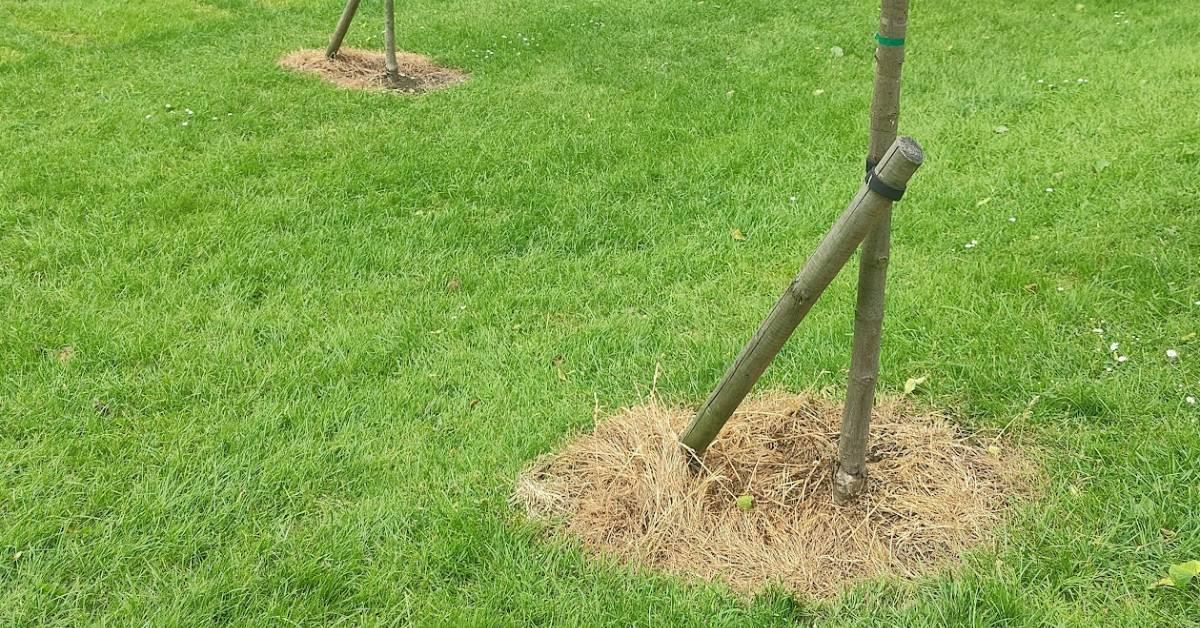Subscribe to trusted local news
In a time of both misinformation and too much information, quality journalism is more crucial than ever. By subscribing, you can help us get the story right.
- Subscription costs less than £1 a week with an annual plan.
Already a subscriber? Log in here.
09
Jun 2022
Council criticised for leaving 'scorched earth' rings around Stray trees

Harrogate Borough Council has been criticised for spraying weed-killing chemicals around trees on the Stray leaving 'scorched earth' rings around them.
From UCI cycling to litter and rewilding, no topic exercises Harrogatonians quite like the Stray.
The latest debate involves the council's approach to managing weeds on the 200-acre parkland which has troubled environmentalists and led to criticism on social media.
The council recently sprayed glyphosate around the base of almost every tree, bin and bench. It's the most widely used pesticide in history but its use is controversial.
Exposure to glyphosate has been linked to poor health and several UK councils have pledged to stop or limit its use due to its negative impact on the environment.
Shan Oakes, Harrogate & District Green Party co-ordinator, criticised HBC for using the pesticide and said "we have to stop poisoning the planet".
Rewilding row
This year, the council’s parks team has again left grass verges close to the roadside on West Park Stray uncut until late autumn to improve biodiversity.
But at least one tree has been sprayed with glyphosate in the middle of a grass verge that has been left to 'rewild'.

Ms Oakes said the example was "an absolute contradiction". She added:
Judy d'Arcy Thompson, chair of the Stray Defence Association, took a more pragmatic approach to weed-killing on the Stray.
She said the council "presumably have their reasons" for spraying the chemicals but added weeds can give the Stray an unsightly appearance.
On rewilding, she said the verges have been used as a dumping ground for litter and dog waste.
Read more:
- Fire Brigades Union ‘seriously concerned’ over cuts to Harrogate service
- Harrogate restaurant to do takeaways only due to staffing issues
Council's response
A Harrogate Borough Council spokesperson explained why it has been using the weed-killer on the Stray.
0